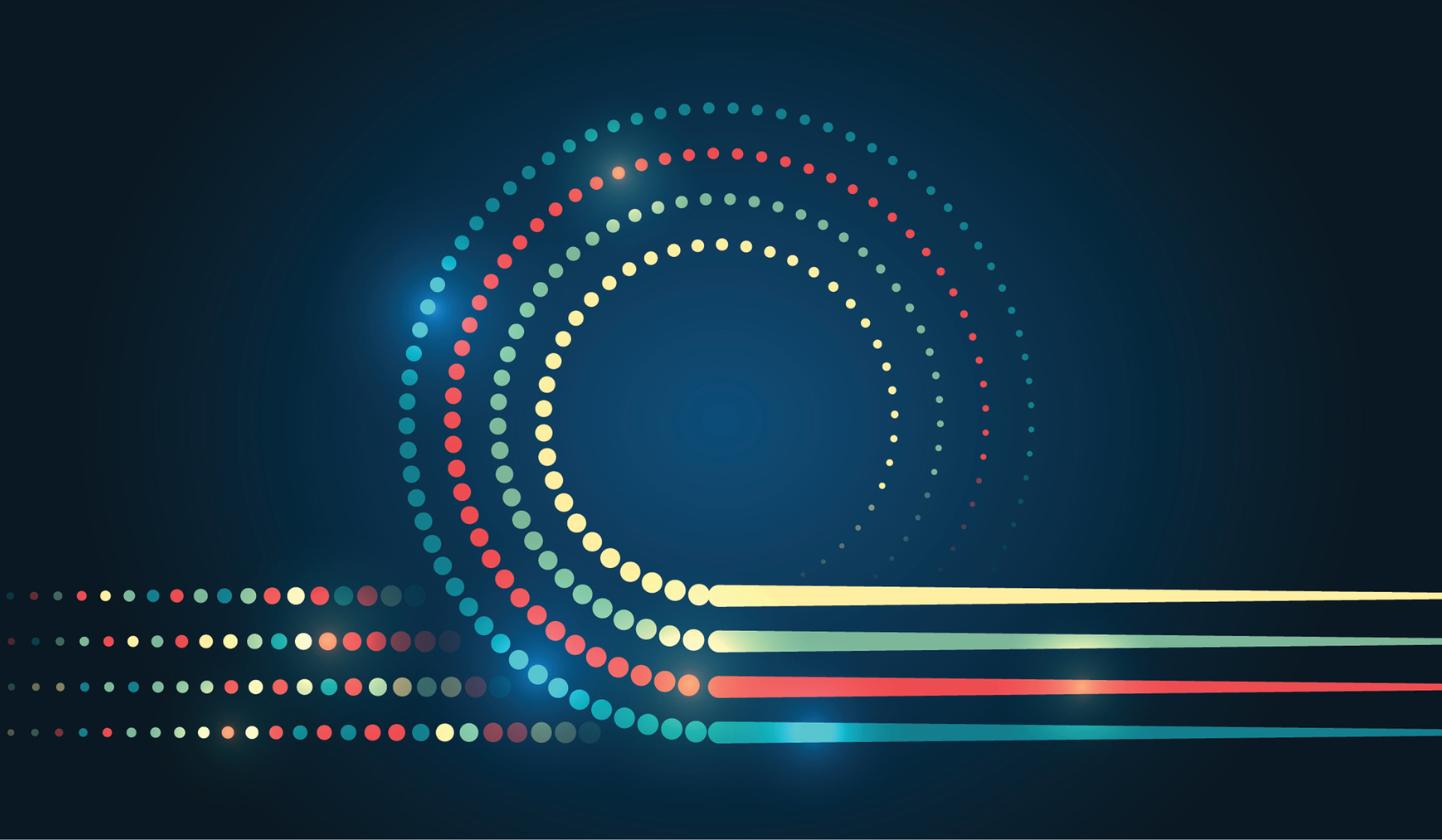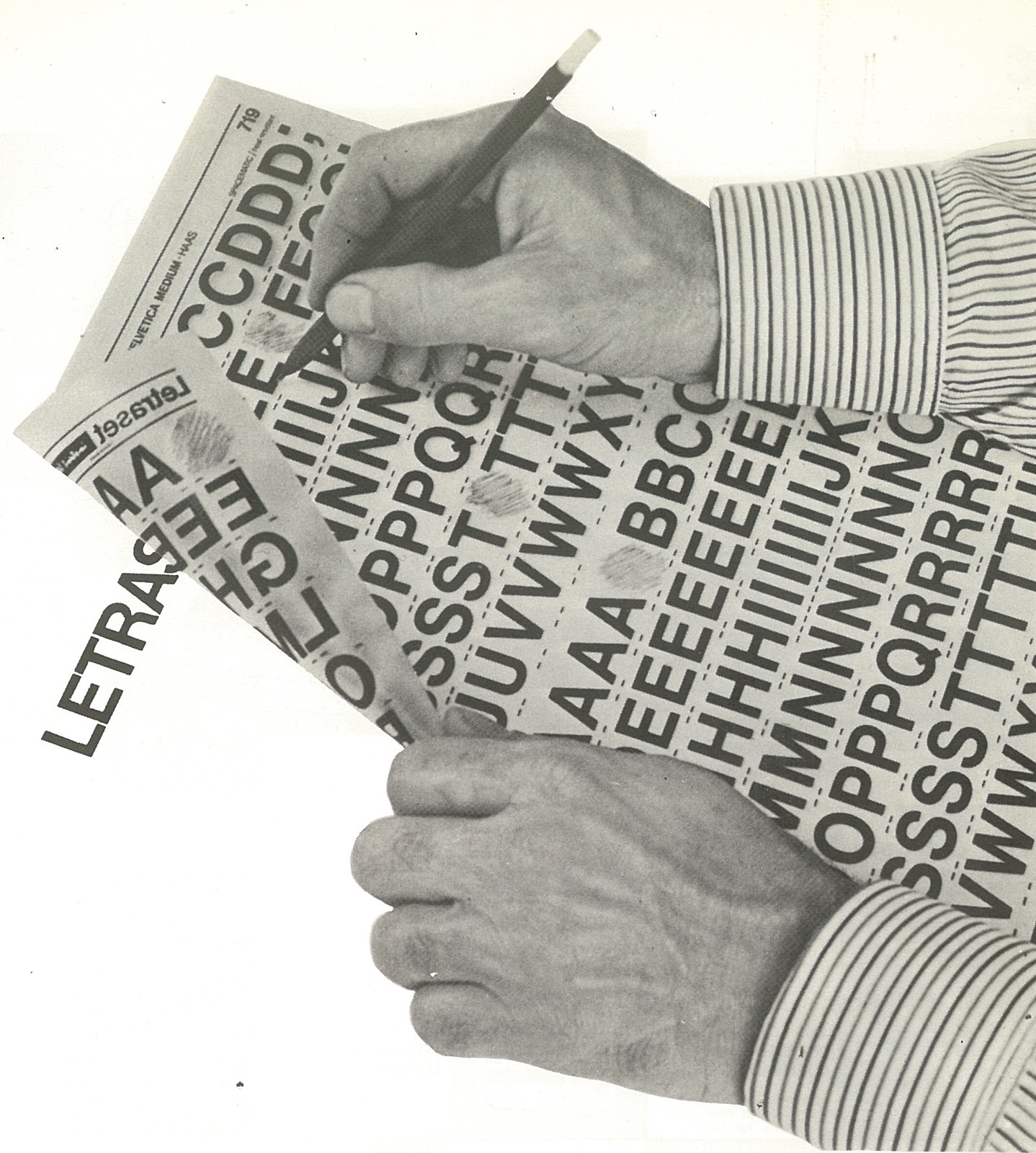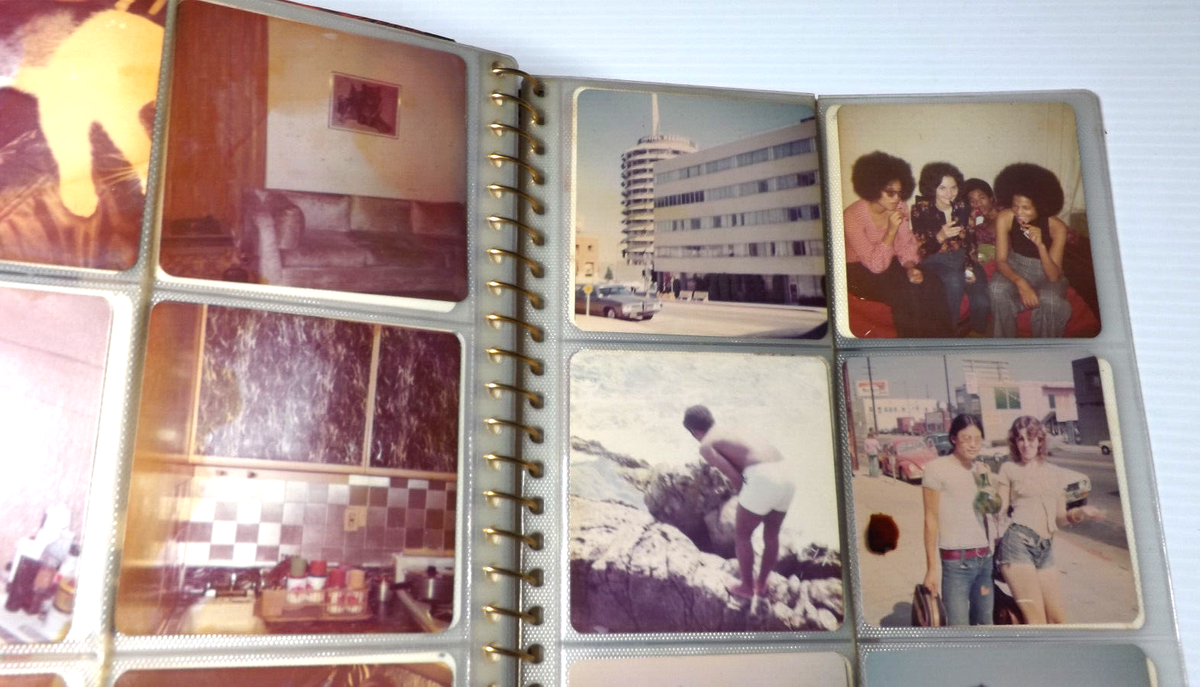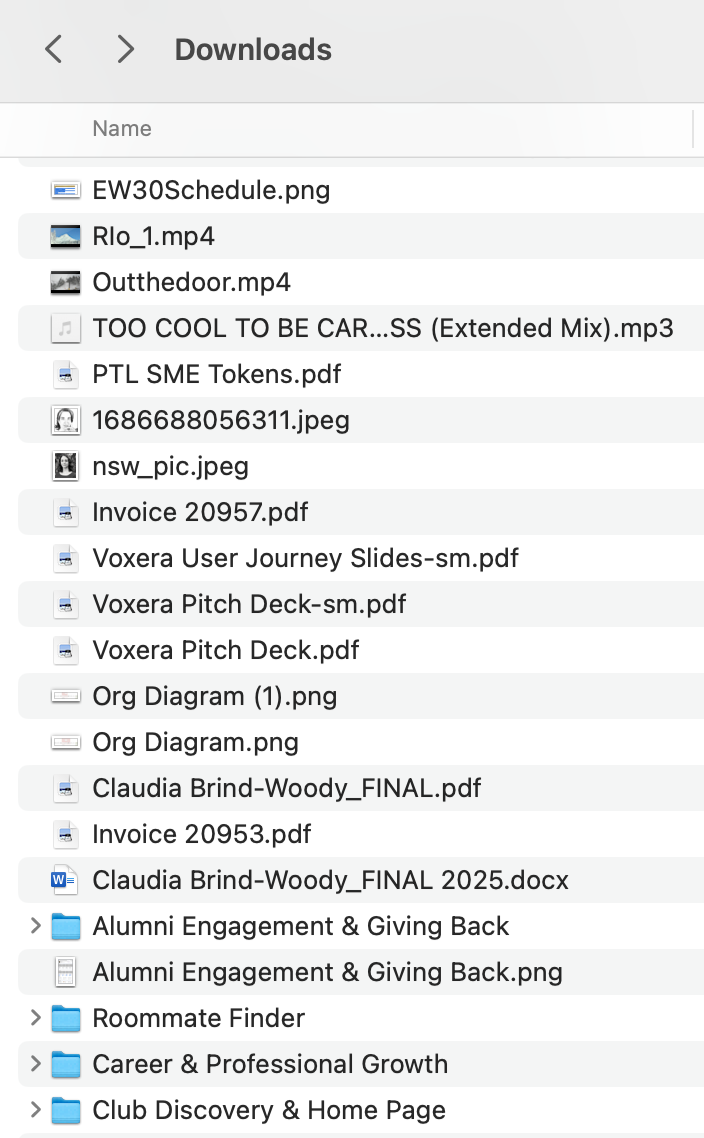From Creating to Collecting

Forty years ago, creating content was an ordeal.
When I helped my dad make slides for his software company in the 1980s, there was no PowerPoint. He would write his ideas down as concisely as possible, and I would transfer them, letter by letter, from letratype sheets onto transparent plastic. We’d take the “slides” to the strip-mall photo lab, have them processed into 35mm, load them into a carousel, and pack them up for a business trip.
That was the best tech we had. If you wanted to make a point visually, you needed physical tools, manual labor, and patience.

Our personal content wasn’t much different. Most homes had a photo album—a green, faux-leather binder with sticky pages and cellophane overlays. It might hold a dozen photos from an entire childhood. If friends came over or extended family visited, you’d flip through it together. That was your social feed.
Video? Rare. MTV launched in the early ’80s and didn’t have enough footage to fill airtime. That’s how we got reality TV—they needed something to show. “The Real World” and “Road Rules” were born from a content vacuum.
Today, we live in the opposite reality.
You can revise slides on your phone while commuting. You can take and store thousands of high-resolution photos without ever thinking about storage. Each day, 28 billion new photos are uploaded to the cloud. Every minute, 500 hours of video hit YouTube.
This isn’t evolution. It’s revolution. We’ve been living through the information age, and it’s easy to forget how far we’ve come.
We Optimized Content Creation
It got so much easier to create slides, pictures, and videos, that we started inventing new types of media to create. Ask someone in the 1980's what "reels" they like or if they "still tweet."
Just look at where the money is. Adobe, once a niche toolmaker, is now worth $160 billion. They tried to acquire Figma (a web design tool) for $20 billion.
Video production is a $70 billion market. WordPress alone accounts for a $600 billion economy, according to WP Engine. Facebook’s parent company is worth over $1.3 trillion, powered by the content users create and share.
The amount of energy, talent, and capital we’ve devoted to making content is staggering.
But Organizing Content? That’s Barely Changed
 Here’s the weird part: for all the progress in creation, the way we organize content hasn’t evolved much at all.
Here’s the weird part: for all the progress in creation, the way we organize content hasn’t evolved much at all.
We still rely on files and folders, the same mental model our grandparents used in metal filing cabinets. If you want to keep things tidy, the burden is still on you to name, tag, sort, and store correctly.
The most common digital fallback? Sort by most recent. Whether it’s your downloads folder, your photo library, or your Slack history, we depend on recency rather than structure. This creates an overwhelming, always-now environment where older information fades and context is lost.
Chronological feeds aren’t neutral either. They’re designed to serve advertisers. What you clicked yesterday is more valuable than what you cared about six months ago. Want to find that video of your kid someone posted to a Facebook group a year ago? Start scrolling buddy, may the odds be forever in your favor.
AI Helps, but It’s Not Enough
We are starting to see tools that promise smarter organization. Vector search powered by AI can now retrieve content based on meaning, not just keywords. This is real progress.
Still, AI isn’t the final answer. It can help summarize or recommend, but it doesn’t replace the intentionality of knowledge work. It still struggles with hallucination, false confidence, and lack of source awareness.
What we need is not just smarter search. We need an ongoing and focused effort driven by a new philosophy that embraces the inherent value of creative and elegant content collection.
Content Creation Is Easy. Content Discovery Is Not.
Your phone is now a studio. A camera. A microphone. A publishing platform. Anyone can create. That’s amazing, but it makes discovery even harder.
According to McKinsey & Company, the average employee spends 1.8 hours per day—almost 20% of the work week—just searching for and gathering information. That’s not inefficient. That’s broken.
We name new types of content, we have product categories for the tools to create them.
What we don’t have is a clear, shared name for the act of gathering, shaping, and making sense of content before it becomes a finished product.
Enter: “Content Collection”
Content Collection is the missing counterpart to content creation. It’s not about folders or feeds. It’s about helping people connect the dots—finding the right quote, link, photo, or message when it matters, not when it happened.
It’s the art and practice of managing knowledge in real time, across conversations, platforms, and formats.
We’ve mastered the flood. Now it’s time to build the tools that help us filter, structure, and surface what’s valuable.
The future isn’t just more content. It’s clarity.